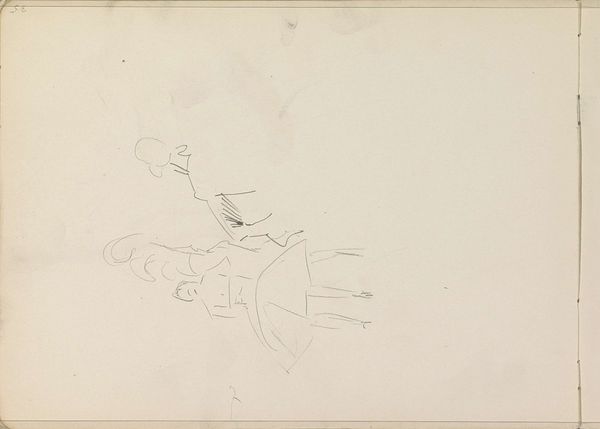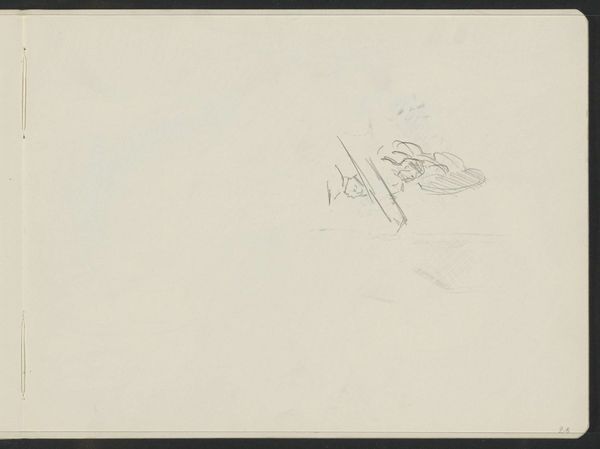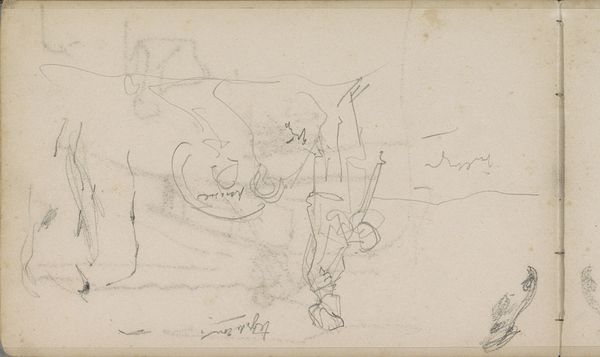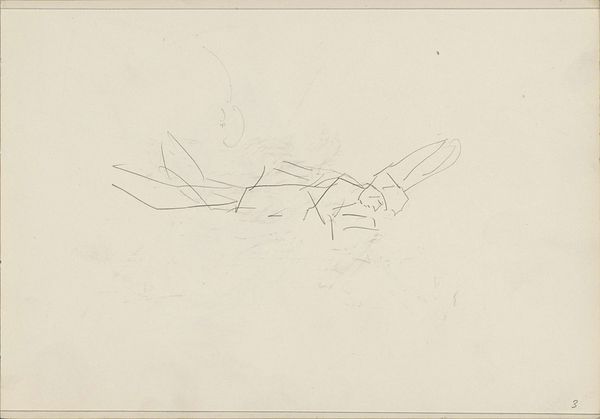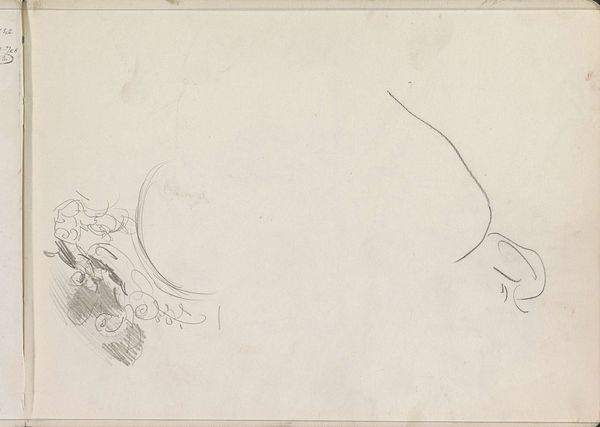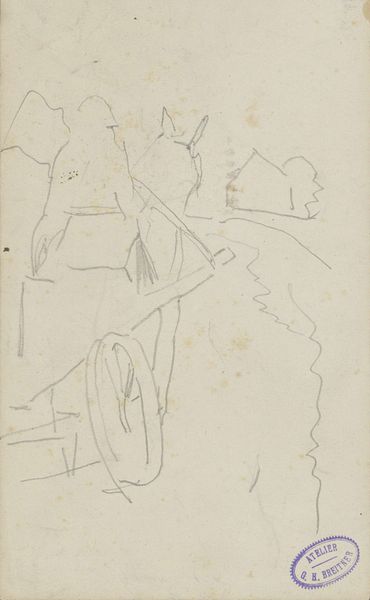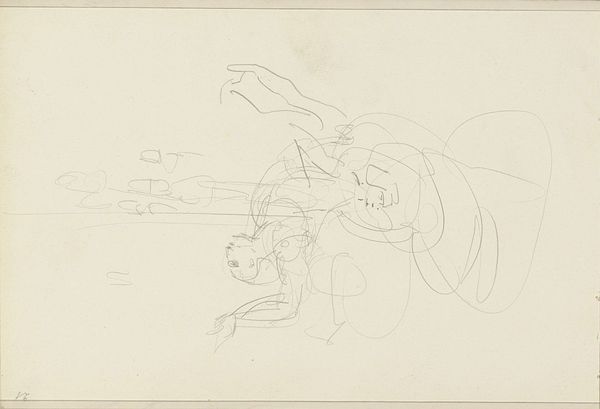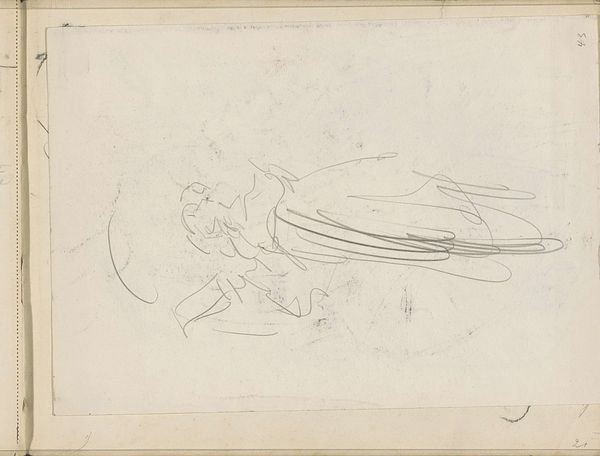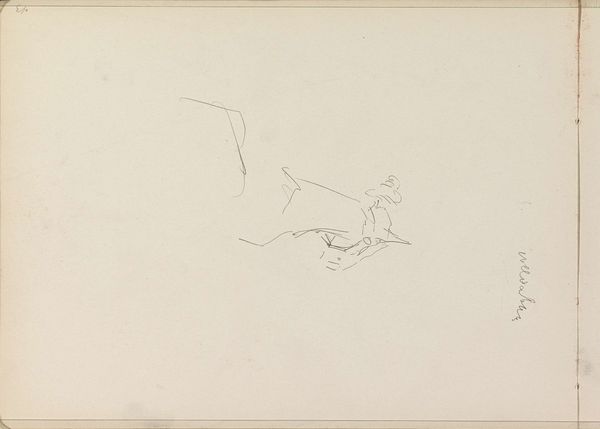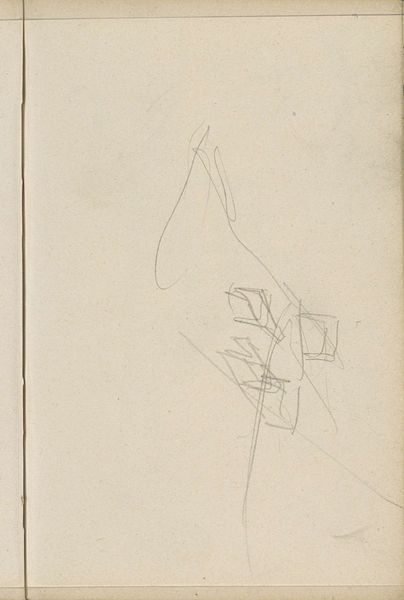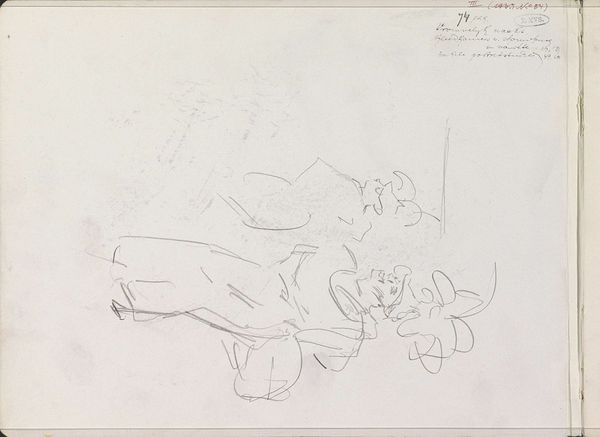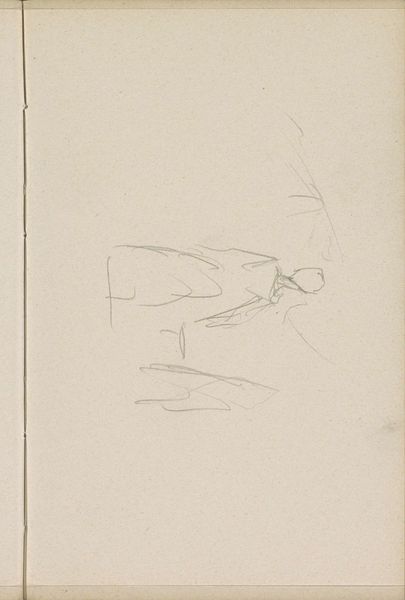
Copyright: Rijks Museum: Open Domain
Editor: This drawing, “Standing Woman, Possibly a Revue Dancer” by Isaac Israels, dates from the 1915s to 1925s. It’s a pencil drawing on paper. The lines are so light; it’s barely there. What do you see in this fleeting image? Curator: What strikes me immediately is the medium: pencil on paper. Israels’s choice speaks to the ephemerality of the performance he’s depicting. The revues of the early 20th century were spectacles, fleeting moments of glamour and entertainment consumed by a rapidly changing society. Editor: So the impermanence of the pencil mirrors the disappearing art form? Curator: Precisely. Think about the rise of mass culture and the democratisation of leisure during that period. The revue, with its accessibility and visual appeal, became a powerful form of entertainment for a wide audience. Israels, by choosing a medium so easily erased, almost suggests the inherent disposability of such spectacles, their place in a constantly shifting social landscape. Notice, too, how the sketch emphasizes the dancer’s form but withholds a defined face. Editor: That makes sense. The lack of detail directs our focus to the body, an object of both admiration and exploitation in those performances. Curator: Exactly. Israels gives us the impression of a woman, an archetype in some ways, who may disappear entirely from our field of view in a second, as quickly as the pencil fades on the page. The social pressures that shaped women performers back then are still around today. The question this image provokes is, have we truly reckoned with this cultural past? Editor: I hadn't considered how much the materials themselves could convey meaning beyond the literal representation. Curator: Art provides an opportunity for reflecting about where we have been and imagining our place in our shared futures. Editor: Thanks. This was super helpful.
Comments
No comments
Be the first to comment and join the conversation on the ultimate creative platform.
